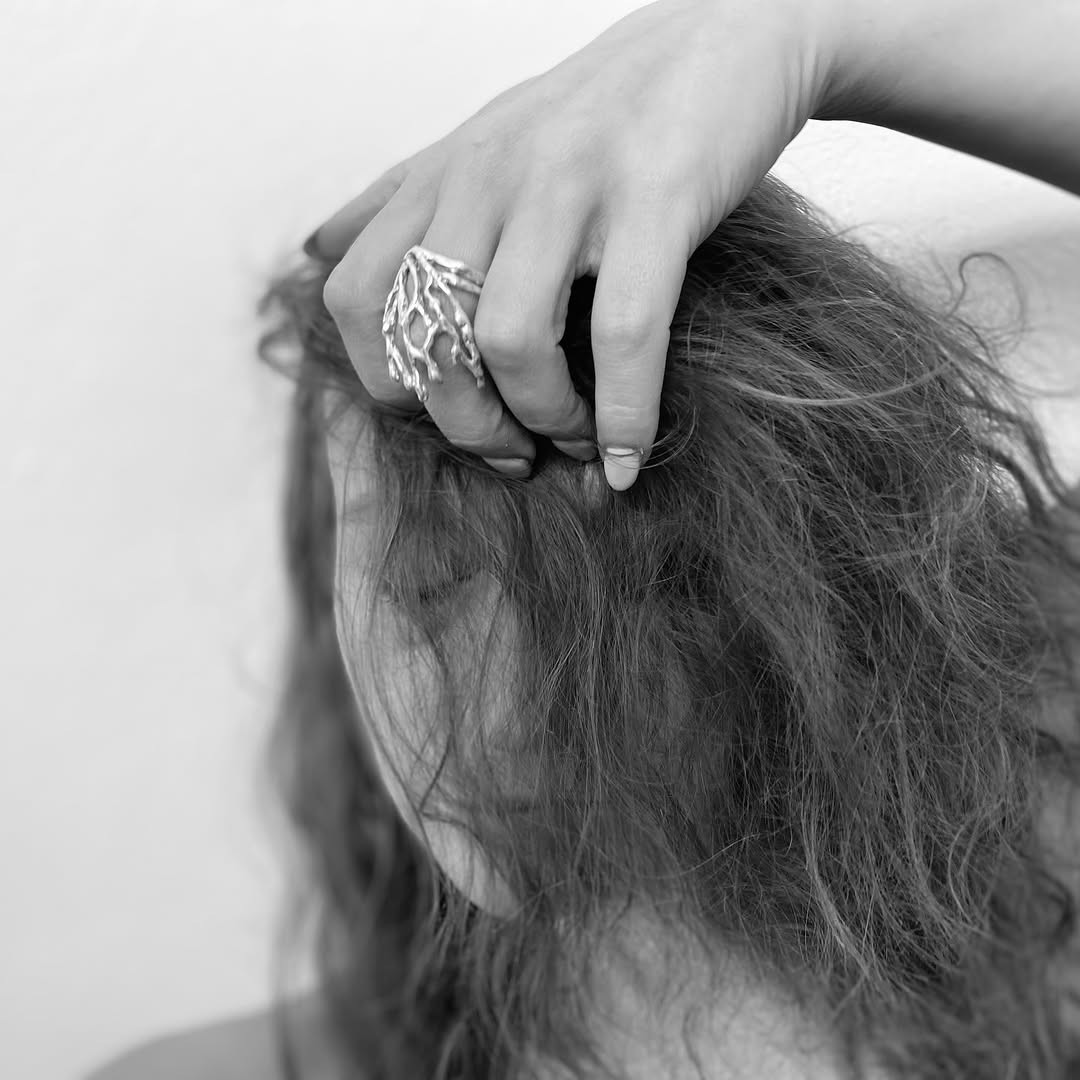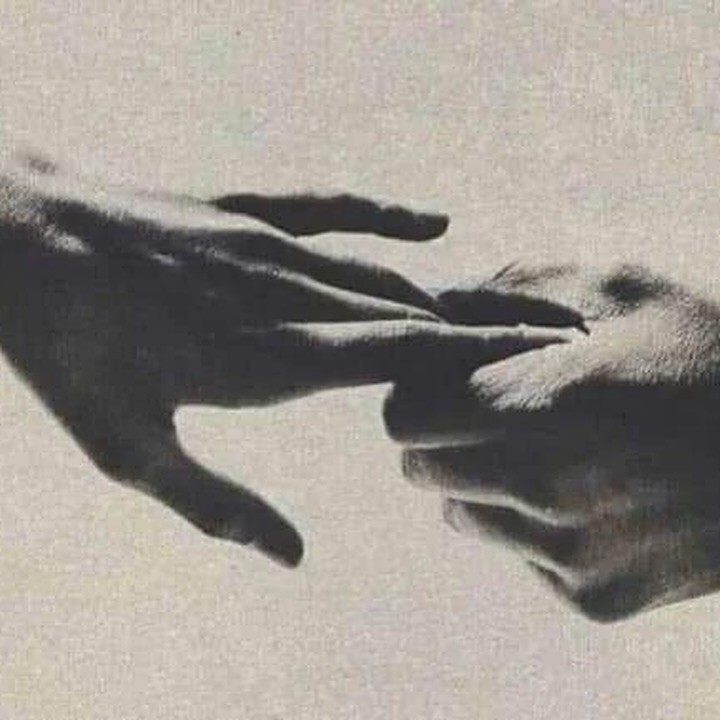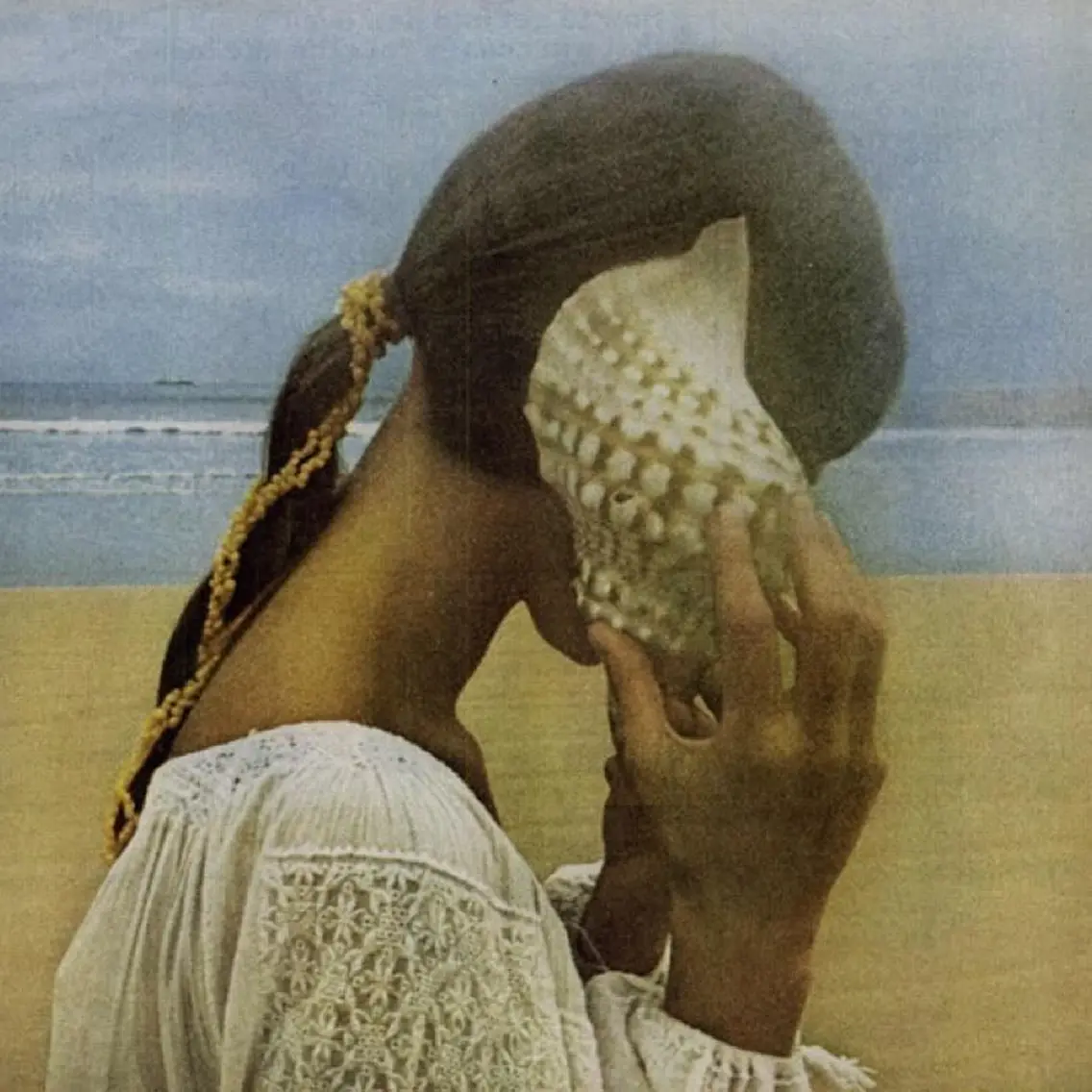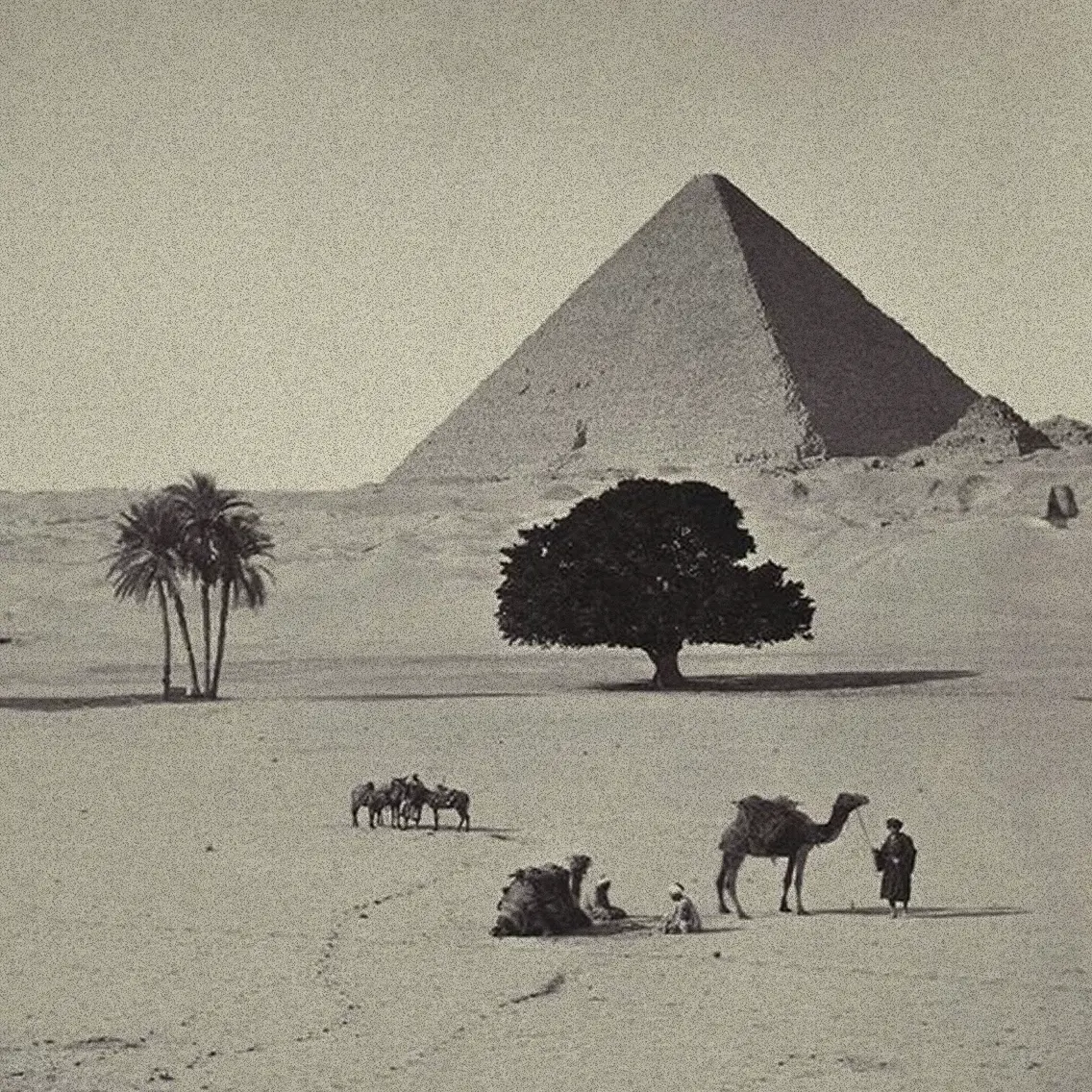I first came across Masha’s silver forms at a local curator’s studio in Toronto. There is a delicate rawness and mysticism to her craft. Each piece is one of its kind and impossible to replicate as they emerge as actual sketches in silver.
A Ukrainian multidisciplinary artist now based in San Cristóbal de las Casas, Mexico, her work lives at the intersection of craft and contemplation.
In this conversation, we explore how she quite literally carves time in silver — shaping presence, patience, and story through the slow art of making.
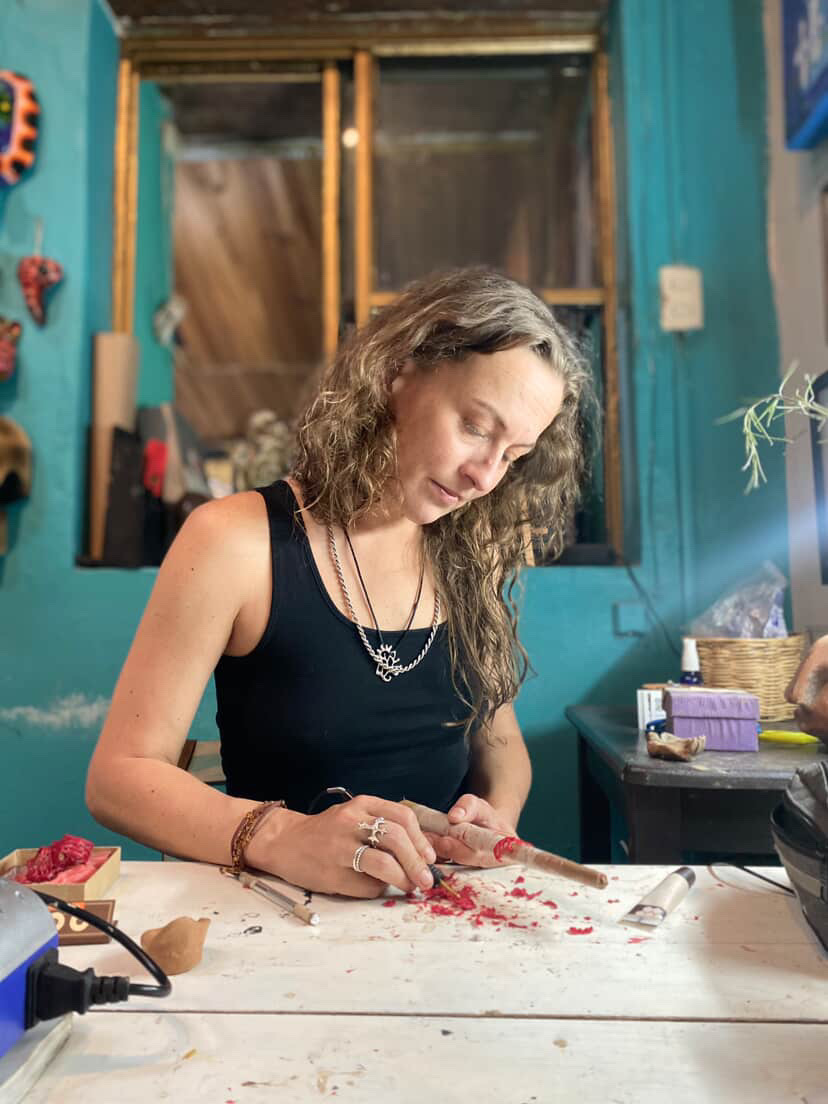
Q: You’ve lived between Ukraine, Canada, and now Mexico — how have these geographies shaped your way of seeing and creating?
A: I’m grateful to have experienced movement — to carry within me the capacity to find home wherever I am. Each place holds its own sentiment, colour, and texture, yet between my three homes runs a winding thread of similarity and reflection. Through my art, I trace that thread — the quiet connection of human experience that resonates across borders.
Q: What first drew you toward silver as a medium — and what does working with recycled metal mean to you personally?
A: There’s a softness and playfulness to silver — it’s preciousness is malleable and I really enjoy working with that. My work is very textured and mobile, and the metal captures that honesty. It’s also what I’ve always been drawn to for my jewelry; it just fits me.
Creating with recycled metal feels like an orchestrated metamorphosis — I get to partake in a revival of sorts. The timelessness of silver allows it to keep living in new forms, adorned by new people. It gets to breathe again.

Q: Can you recall a moment or place that first awakened your love for objects made by hand?
A: My mother is an artist, so I’ve had the privilege of creating and being surrounded by creative expression my entire life. When I think back to a specific moment, I’m taken to a sculpting studio in Kharkiv, Ukraine, where my mother’s friend, a potter and sculptor, let me try the pottery wheel. I must’ve been about five. I remember the earthy smells, the texture of clay on my hands, the muddy water, the slowing down — the steadying of breath — and the feeling of elation as my hands molded the clay.

Q: Lost-wax casting is an ancient technique — what drew you to this slow, tactile process?
A: A need to slow down. Lost-wax casting can’t be rushed — it demands patience and presence. It requires an honouring of the process, or it simply won’t work. I love that about it. It’s also incredibly versatile — it invites curiosity, challenge, and surprise.
Q: How do sketches in wax evolve into finished silver forms? Is there an element of surprise or surrender in your process?
A: The wax is used to make a cast of the sketch that molten silver is poured into. It’s a little more complex than that, but that’s the essence. Technically, the wax can be turned into molds and repeated, but I don’t do that. I love the act of creating, and I have so many ideas at the moment that I don’t want to repeat pieces. Each one is its own story — an individual.
It’s not so much an element of surprise as it is excitement — that feeling when the pieces are finally cast. Then comes polishing, which lets me play with the metal, bringing out the details I want to embellish and softening the ones that need subtlety. Each piece becomes a three-step journey — from sketch to casting to refinement.
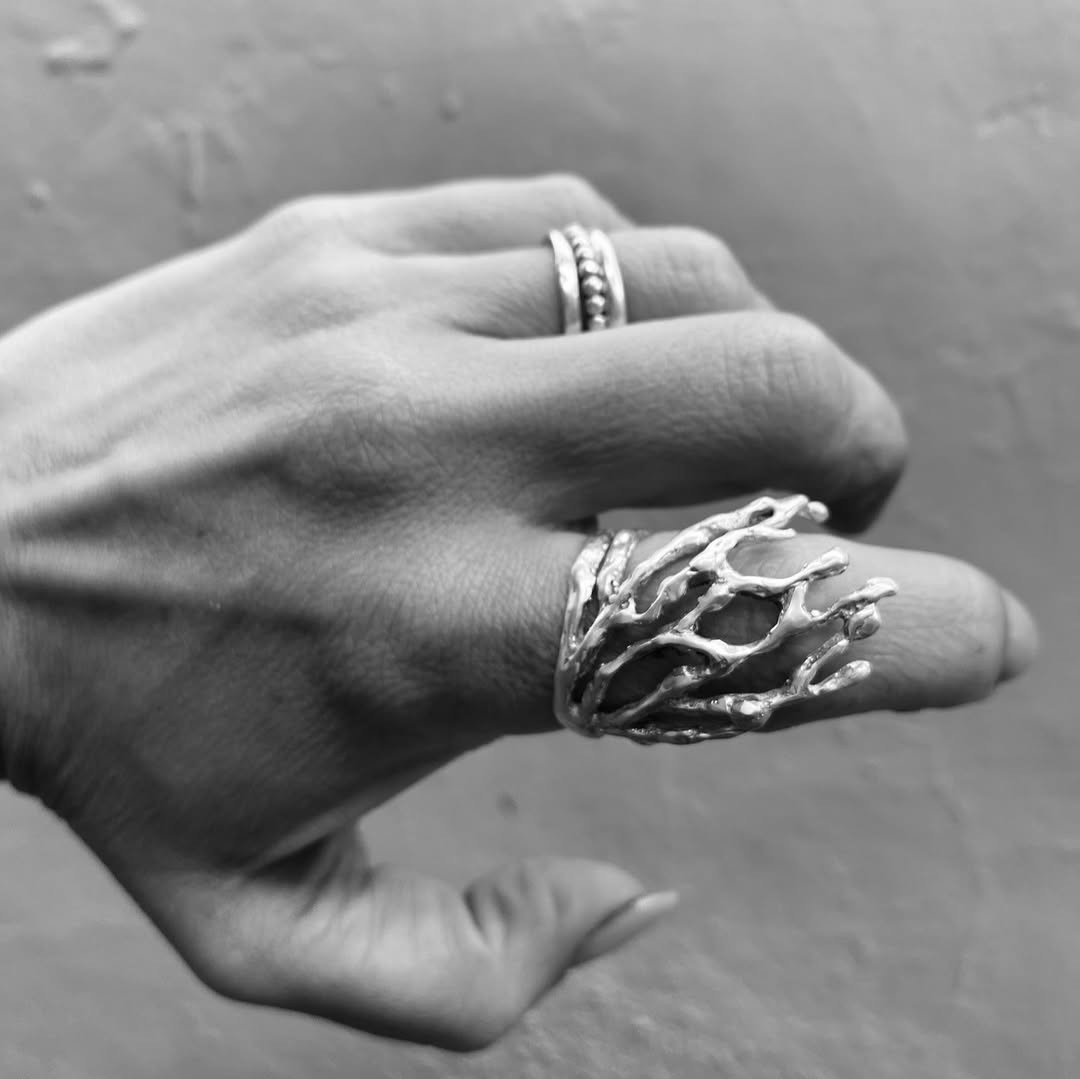
Q: What does the word “craftsmanship” mean to you today, in a world that moves so fast?
A: When you see a master of their craft — when you witness someone who truly knows their work creating something by hand — it’s mesmerizing. There’s a soul being shared, a presence that fills the space. Time, care, and attention are offered in the most authentic way.
Q: You mentioned your pieces are made once, never to be repeated — what does impermanence mean in your work?
A: For me, it’s not so much about impermanence as it is about uniqueness. Each piece holds a little part of me — a spark of an idea, a feeling — and those are always shifting and moving within me. I find that exciting.
Maybe it’s also how I see people in general. We’re all human, but each of us has our own subjective life experience — and that matters. It fuels conversation, curiosity, and connection.
And truthfully, I just really love the process of creating. If I made molds, I worry I wouldn’t get to do that as much. Although, I am currently working on a collection that I will make molds for… but that’s a whole other story.
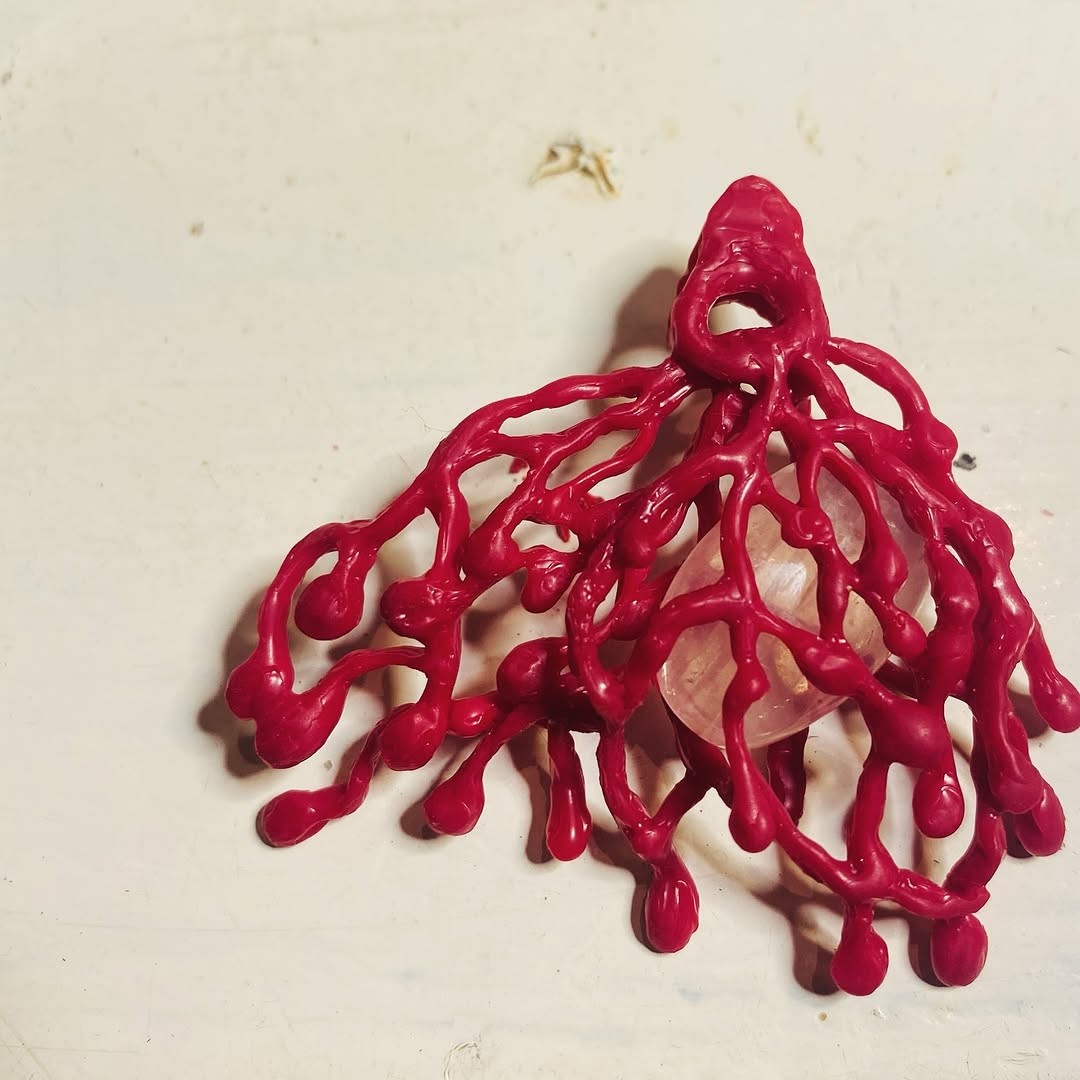
Q: You’ve spoken about finding inspiration in both everyday moments and local mysticism — how do these worlds meet in your jewelry?
A: I believe that if you stop and really observe for a moment, the everyday moments are local mysticisms — and vice versa. Whether you’re by the water, in a forest, or walking down a busy street, anywhere in the world (and I haven’t been everywhere yet, but this has been my experience so far), you begin to notice that what surrounds you holds both. The ordinary and the mystical coexist all the time.
Q: Are there particular symbols, stories, or rituals from Mexican folklore that have found their way into your art?
A: Yes, some of those stories and symbols have found their way into my work — some more subtly than others. Over the past year, I’ve been working on a project that includes the twenty symbols of the Aztec calendar. I’m taking my time with it, baby steps really, knowing that I’m only just scraping the surface of this history’s depth.
Q: When you create, do you think of your jewelry as objects of adornment, or as small talismans that carry memory and meaning?
A: I often describe my work as wearable art.
Some pieces are objects of adornment — assistants of self-expression — while others carry something deeper. For example, in Mexico, amber is believed to protect against the evil eye. My pieces with amber hold that intention; they are the “Protectors.”
In the Ukrainian tradition of pysanky, each symbol carries a meaning. My pysanky pendants are talismans of goodwill — small pieces of hope and continuity.
Q: How does slowness show up in your creative rhythm — in your studio, or in how you approach a new piece?
A: In my work, slowness shows up as presence. I’m in the now — in tune with wherever the intuitive process takes me. Unless I’m working on a talisman piece or a commission, I rarely begin with a precise idea of where the art will go, or how long a piece will take.
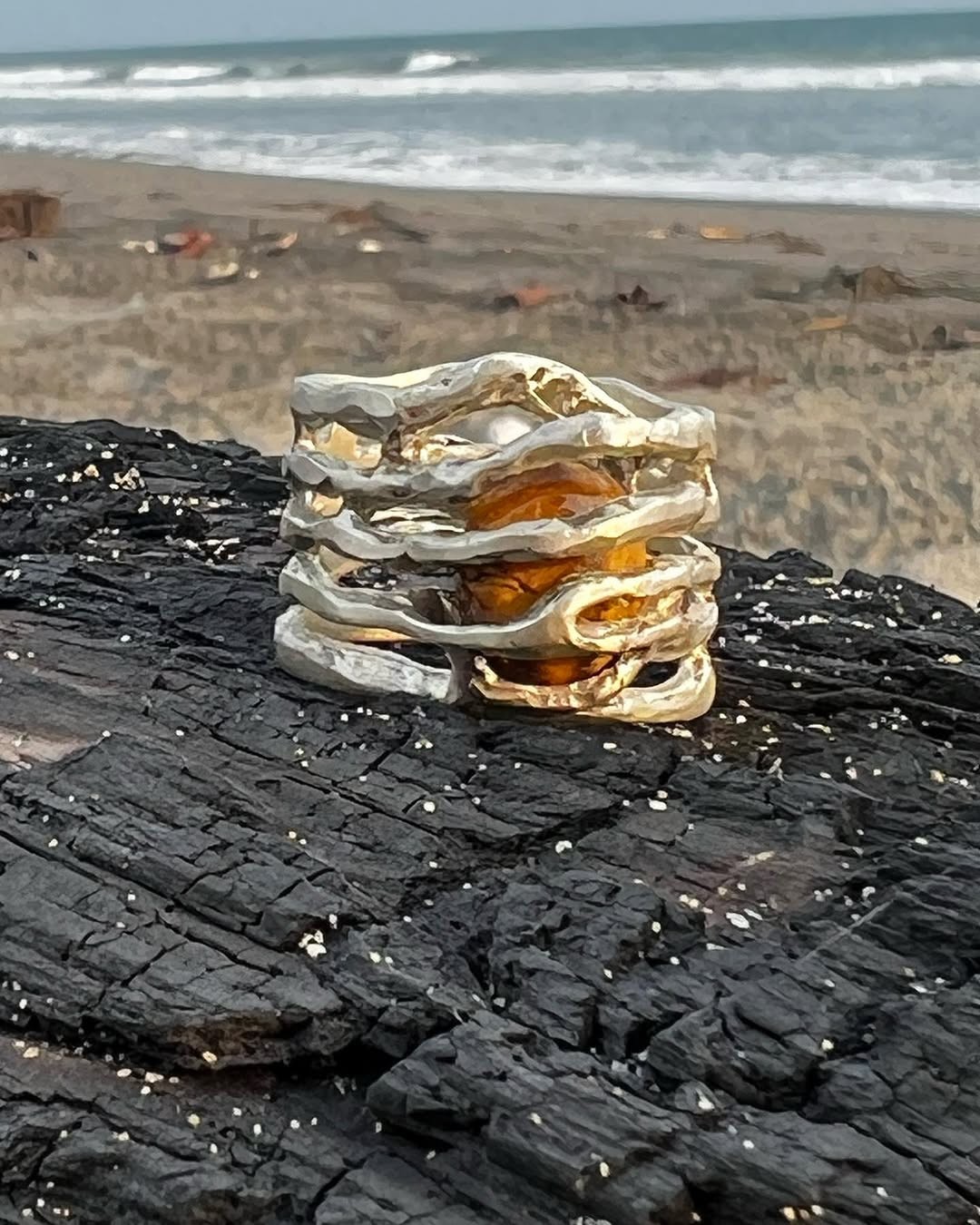
Q; Do you have any personal rituals or moments of stillness that guide your practice?
A: I have multiple studio spaces, and I travel with my art supplies so I can create wherever and whenever the urge arises.
I create daily — not always through lost-wax casting; I also sculpt and draw.
Q: How do you see your art as part of a larger lineage — of women makers, silversmiths, or storytellers across cultures?
.A: I recently found out that there were jewelers in my family many generations ago — an accidental discovery that gave me a reassurance I didn’t realize I needed.
In my immediate present, I was raised by an artist mother, I’ve found my own artistic path, and now I’m raising a daughter who’s stepping onto hers. Together, we form our own small lineage within the incredible power and strength of women creators everywhere.
Q: How has living in San Cristóbal de las Casas influenced your inner world and your sense of creative community?
A: San Cris is the best place I can imagine for creating and finding inspiration. The town, nestled among mountains, is a hub for creatives of every kind. My world here is abundant with curiosity, ideas, and movement. I could speak for hours about the magic of San Cristóbal de las Casas and the people who make up my community there.
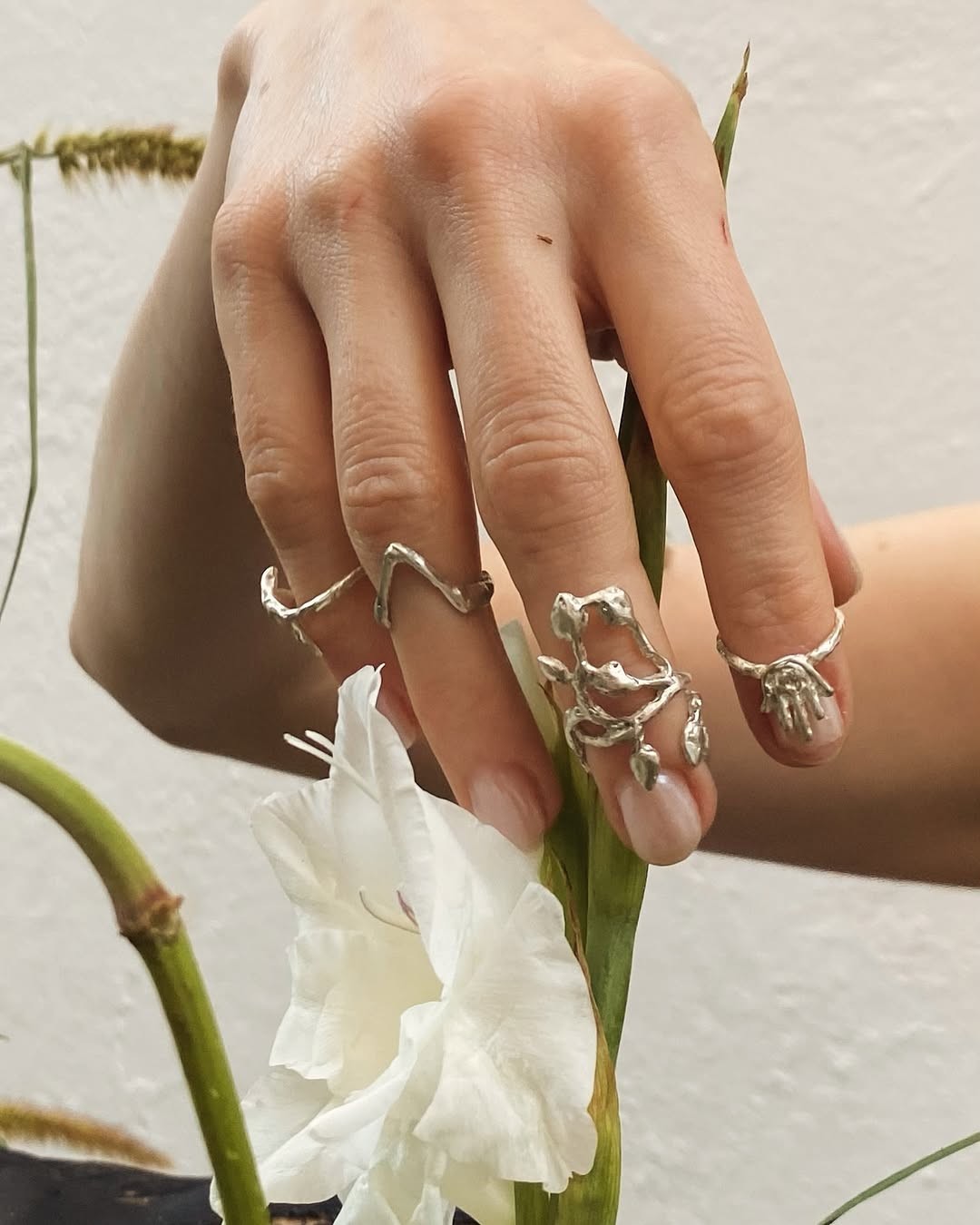
Q: What kind of stories do you hope your jewelry will tell long after it leaves your hands?
A: I want my jewelry to bring joy and confidence to those who choose it.
.svg)
